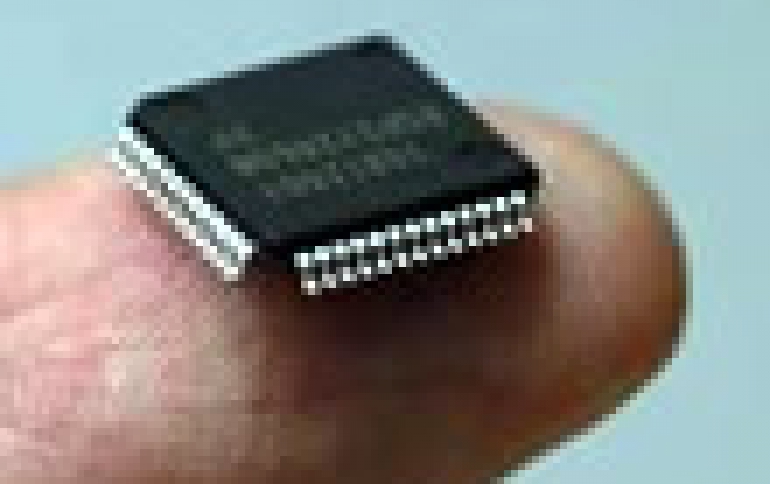
28nm SoC Development Costs Doubled From The 40nm Node
Designing and software cost for system-on-chip silicon at 28nm was significantly increased over the previous 40nm node, says Semico Research.
Software design costs have eclipsed silicon design efforts and have become the largest portion of the SoC creation effort. In addition, IP integration costs are now rising as more discrete IP blocks are infused into SoC designs today.
According to a report released by Semico Research Corp., total SoC design costs increased 48% from the 28nm node to the 20nm node and are expected to increase 31% again at the 14nm node and 35% at the 10nm node.
In addition, total SoC silicon design costs increased 78% at the 28nm node from the 40nm node.
Total Software design costs increased 102% at the 28nm node and the research firm forecasts they will show a CAGR of 79% through the 10nm node.
Generally, advanced Performance Multicore SoCs represent the most expensive silicon designs with Value Multicore SoCs and Basic SoCs exhibiting lower design costs. Semico Research extimates that costs for an Advanced Performance Multicore SoC design, continuously done at the 45nm node will experience a negative CAGR of 12.7% by the time the 14nm process geometry becomes commercially available, showing that subsequent designs at the same node become less expensive over time.
The cost to integrate all the discrete IP blocks used in contemporary SoC designs is also rising for both the silicon and software efforts, showing a CAGR of 77.2%.
Semico ealso stimates that an made in 20-nm silicon that sells for $20 must ship 9.2 million units and achieve more than $180 million in revenue to breakeven.
According to a report released by Semico Research Corp., total SoC design costs increased 48% from the 28nm node to the 20nm node and are expected to increase 31% again at the 14nm node and 35% at the 10nm node.
In addition, total SoC silicon design costs increased 78% at the 28nm node from the 40nm node.
Total Software design costs increased 102% at the 28nm node and the research firm forecasts they will show a CAGR of 79% through the 10nm node.
Generally, advanced Performance Multicore SoCs represent the most expensive silicon designs with Value Multicore SoCs and Basic SoCs exhibiting lower design costs. Semico Research extimates that costs for an Advanced Performance Multicore SoC design, continuously done at the 45nm node will experience a negative CAGR of 12.7% by the time the 14nm process geometry becomes commercially available, showing that subsequent designs at the same node become less expensive over time.
The cost to integrate all the discrete IP blocks used in contemporary SoC designs is also rising for both the silicon and software efforts, showing a CAGR of 77.2%.
Semico ealso stimates that an made in 20-nm silicon that sells for $20 must ship 9.2 million units and achieve more than $180 million in revenue to breakeven.












